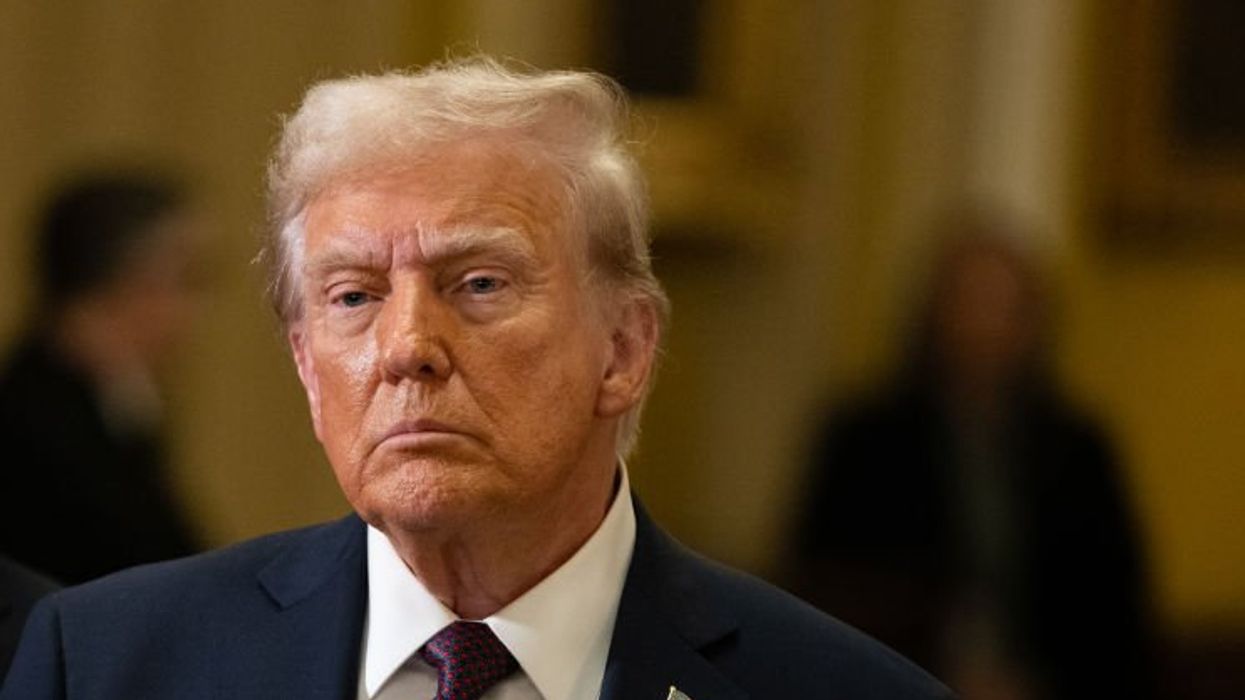Donald Trump’s second-term agenda outlines an ambitious plan to reshape major aspects of American society. While his vision energizes supporters, it has drawn criticism for potentially upsetting democratic norms and threatening effective governance. Even with a Republican trifecta, narrow Congressional margins and significant legal challenges could stall these efforts before the 2026 midterms.
A cornerstone of Trump’s agenda is the reintroduction of Schedule F, a proposal to strip senior civil servants of job protections, allowing their replacement with political appointees. Advocates see it as a way to dismantle bureaucratic resistance to presidential priorities, often dubbed the “deep state.” Critics, however, warn that it could erode the independence of the federal workforce, turning agencies into partisan tools. Legal challenges to Schedule F would likely arise soon after Trump takes office, with courts scrutinizing its compliance with federal employment laws. Additionally, concerns about executive branch politicization may complicate efforts to garner Congressional support.
Another key initiative targets Diversity, Equity, and Inclusion (DEI) programs in universities and corporations. Trump’s allies propose tying federal funding to the elimination of such initiatives, arguing they impose ideological conformity and detract from merit-based practices. Opponents contend this would undo progress in addressing systemic inequities and promoting diversity. Legal battles under anti-discrimination laws and resistance from universities and civil rights organizations are likely, with public opinion on DEI issues being deeply divided.
Trump’s proposals for higher education extend beyond DEI. Plans to tax university endowments and revise accreditation standards aim to curb what supporters view as ideological bias at elite institutions like Harvard and Yale. While these measures resonate with his base, they risk alienating powerful stakeholders, including alumni, donors, and moderate policymakers. Legal challenges could emerge, particularly if the policies disproportionately target specific institutions. Congressional Republicans may also hesitate to back initiatives perceived as overreaching.
Trump’s contentious relationship with mainstream media raises concerns about potential threats to press freedom. His proposals to regulate media organizations or enable lawsuits over perceived bias could conflict with First Amendment protections. Advocacy groups and legal experts would likely challenge such moves in court, while public backlash could erode broader support. Though criticism of the media galvanizes Trump’s base, polling consistently shows strong public support for an independent press as a cornerstone of democracy.
Immigration enforcement is still one of the most divisive elements of Trump’s agenda. Proposals to use the military to deport undocumented immigrants, particularly in sanctuary cities, could clash with constitutional limits on the military’s domestic role. The Posse Comitatus Act restricts the use of federal troops for domestic law enforcement, making legal challenges inevitable. Resistance from state and local governments would further complicate implementation. Public opinion on immigration is still polarized, making this issue a likely flashpoint for political conflict.
Trump’s narrow Congressional majority poses more hurdles for his ambitious reforms. Many proposals require legislative approval, leaving little room for GOP defections. While budget reconciliation offers a mechanism for advancing fiscal measures, it cannot be used for broader regulatory or politically sensitive changes. Democrats, now relieved that prior efforts to end the Senate filibuster failed, will likely use it to block Trump’s agenda.
Institutional inertia and opposition from stakeholders add to the challenges. Federal agencies, corporations, and state governments may resist abrupt policy changes, while advocacy groups and public opinion exert more pressure. Controversial measures will almost certainly face prolonged legal battles, delaying or blocking their implementation. Even with Republican control of the presidency and Congress, Trump’s vision for transformative change faces a tough path forward.
While bold and polarizing, Trump’s agenda reflects his ideological priorities and commitment to reshaping American institutions. However, the narrow margins in Congress, expected legal challenges, and potential public backlash suggest that many initiatives may struggle to gain traction. As his administration begins navigating the complexities of governance, it will need to balance ambition with pragmatism. Whether these efforts succeed in delivering lasting change or become mired in political and legal battles stays uncertain.
Robert Cropf is a professor of political science at Saint Louis University.
































